Welcome to Cuba! Travel Legally and Meet Amazing People
Visiting Cuba is a remarkable experience that we wish everyone could enjoy. Since Global Volunteers’ first group of travelers visited Havana in 2012, our focus has centered on the Cuban people – their hopes, dreams, and goals. We have worked with our Cuban partners and friends every year since. But US law regulates which Americans can travel to Cuba and what they can and cannot do while there.
By Bud Philbrook, Co-founder & CEO
Over the past decade, US regulations regarding Americans travel to Cuba have changed, and sometimes they are confusing. It is necessary to read the fine print carefully. For example, “Travel for tourist activities is not permitted,” but Americans can enjoy limited recreation and free time activities. So, spending time at the beach or other typical tourist endeavors are prohibited, but Americans can go to a private jazz concert, just not one conducted by the Cuban government. Further, each traveler to Cuba must engage in a full-time schedule of authorized activities, and each person must retain specific records related to the authorized travel restrictions. Additionally, the traveler’s schedule cannot include recreation or free time in excess of that consistent with a full-time schedule.
There are 12 travel categories permitted by US law, including family visits, journalistic activities, professional research, religious activities, athletic competition, humanitarian projects, and support for the Cuban people, among others. Global Volunteers’ service programs are included in the humanitarian projects and support for the Cuban people categories. We offer these programs in Havana.
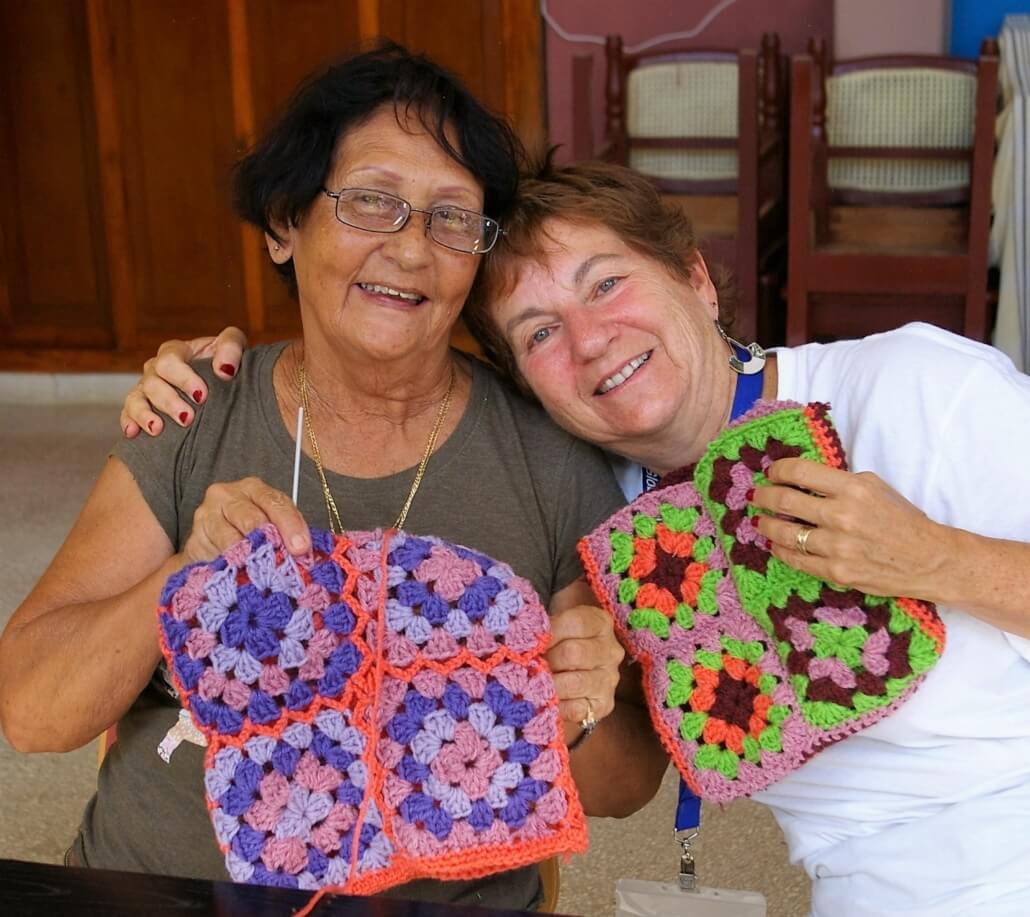

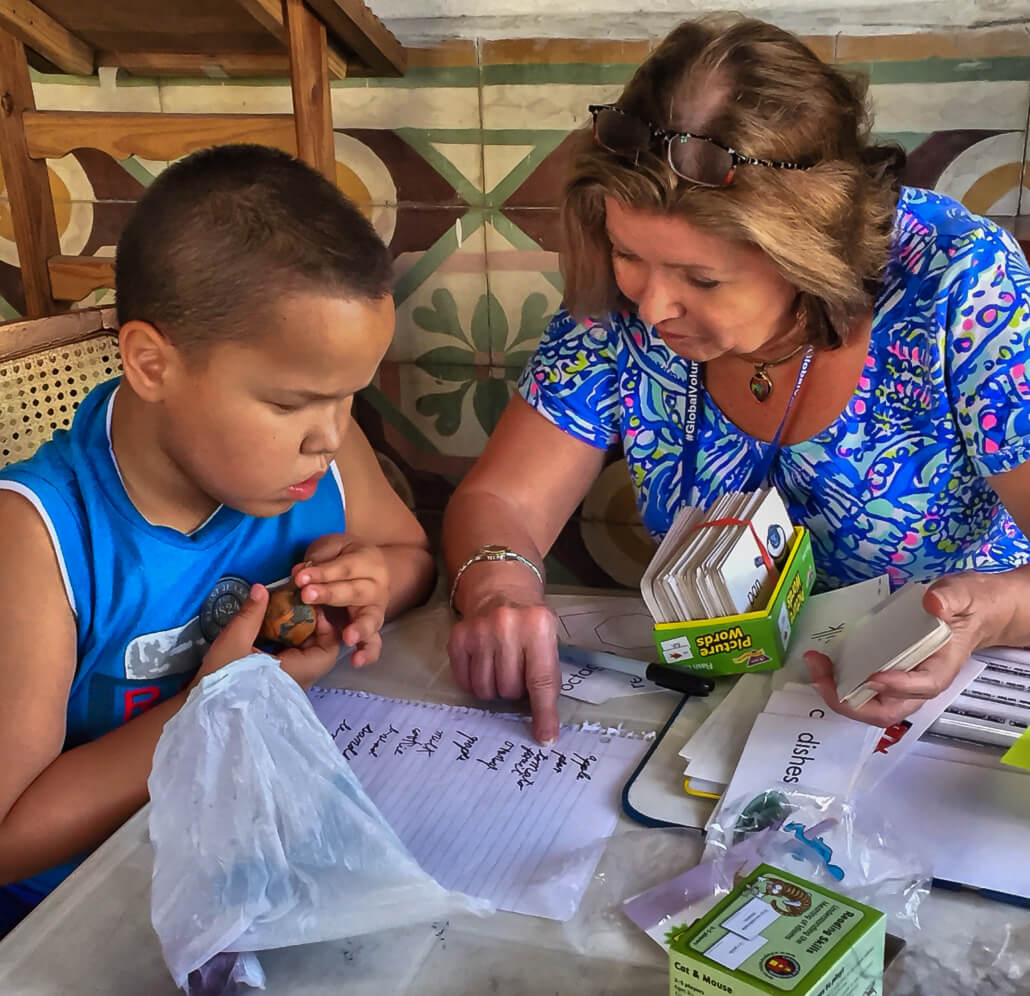
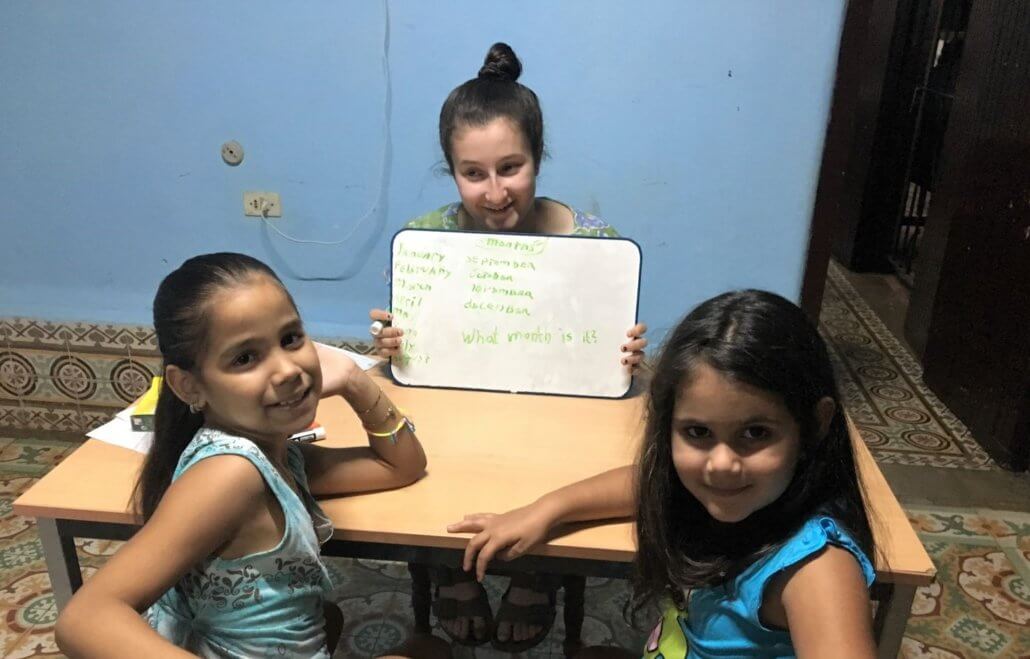
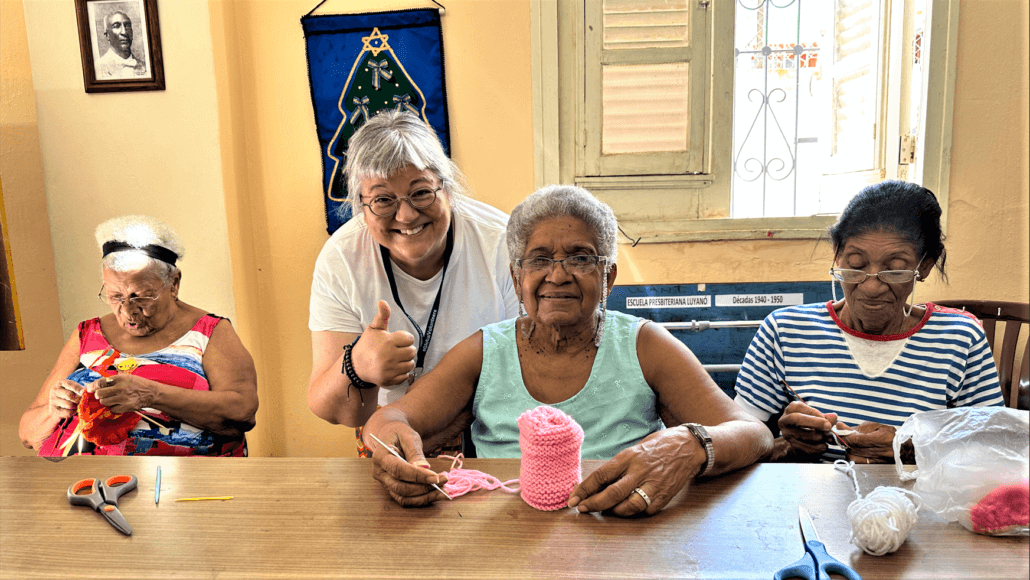
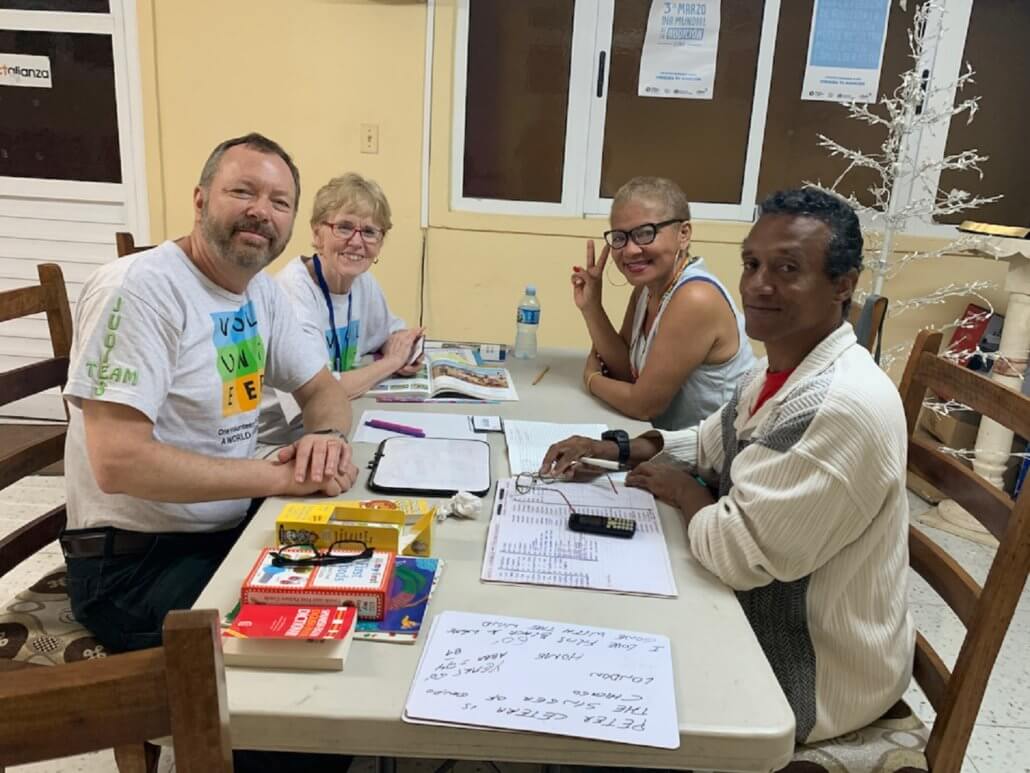
Work on humanitarian projects, support the Cuban people, participate in meaningful educational exchanges, and enjoy Cuba’s rich culture and hospitality.
Humanitarian Projects
The United Nations ranks Cuba 67th in human development in part because many Cubans are highly educated and most enjoy ready access to affordable health care. Unfortunately, these benefits do not always translate into prosperous lives. The Cuban economy struggles, many live below the poverty line, and abundant educational opportunities may not lead to fulfilling jobs. Highly educated young men and women often abandon their professions to join the Cuban tourism industry because it offers better financial possibilities, and others select tourism as a way out of poverty. Accordingly, because most tourists speak English, there is great need and desire to learn English.
The Cuban population has remained at around 11 million since 2002. However, during the last two decades, the percentage of those over 64 has increased, and seniors generally have not benefited from the tourism boom. Given the overall challenging economic situation, older people are adversely affected more than others.
Our Cuban community partners have asked us to focus our service on engaging local people in Conversational English, caring for older adults, harvesting community gardens that help feed the community, and assisting with light construction work on community buildings owned by nongovernmental organizations. There are several specific community projects in which volunteers are engaged:
English Conversations: English is the international language of commerce, technology, and opportunity. Many Cubans want to learn English to improve their job opportunities and to connect with the English-speaking world through tourism, the Internet, art, music, and other emergent avenues. Native English speakers are a valuable resource to learners. Volunteers can engage young people and adults in conversations in English in small groups and one-on-one. Some students are beginners, while others are proficient but want to improve their conversational skills. Each volunteer engages in English conversations as a part-time service project in addition to one of the other community projects.
Senior Center: Many seniors in Havana don’t receive sufficient meaningful services and engagement. Global Volunteers community partners help by conducting programs for the elderly at church facilities and nursing homes. Volunteers work with senior citizens on various projects, including conversations, assisting local staff, light labor, and meal preparation. Volunteers play bingo and dominoes, paint nails, massage hands, conduct basic conversations in English, and engage seniors in other ways as requested.
Crafts & Knitting: Women’s cooperatives create aprons, clothing, purses, and other items that they sell to help provide for their families. Volunteers who have experience in sewing, crafting, or knitting, work alongside these women several hours each day to help improve skills and offer ideas about the types of local crafts Americans are most likely to purchase. This is a great opportunity to chat with Cuban women and learn about their culture, history, and daily lives, all while working together towards a shared goal.
General Labor: Occasionally, volunteers are engaged in maintenance and gardening work. The condition of a community’s public buildings and spaces contributes to civil society and its identity and reputation. Volunteers work alongside local people on projects that are important to the community, especially as they relate to civil society. Those with expertise in light maintenance or who can just swing a hammer or wield a paintbrush can be helpful. The work isn’t difficult or strenuous. Moreover, volunteers work with and learn from and about new Cuban friends as they learn from and about the volunteers. A lot of work needs to be done at nursing homes and other community buildings, such as repairing walls and doors, painting wrought iron, fixing tile floors, etc.
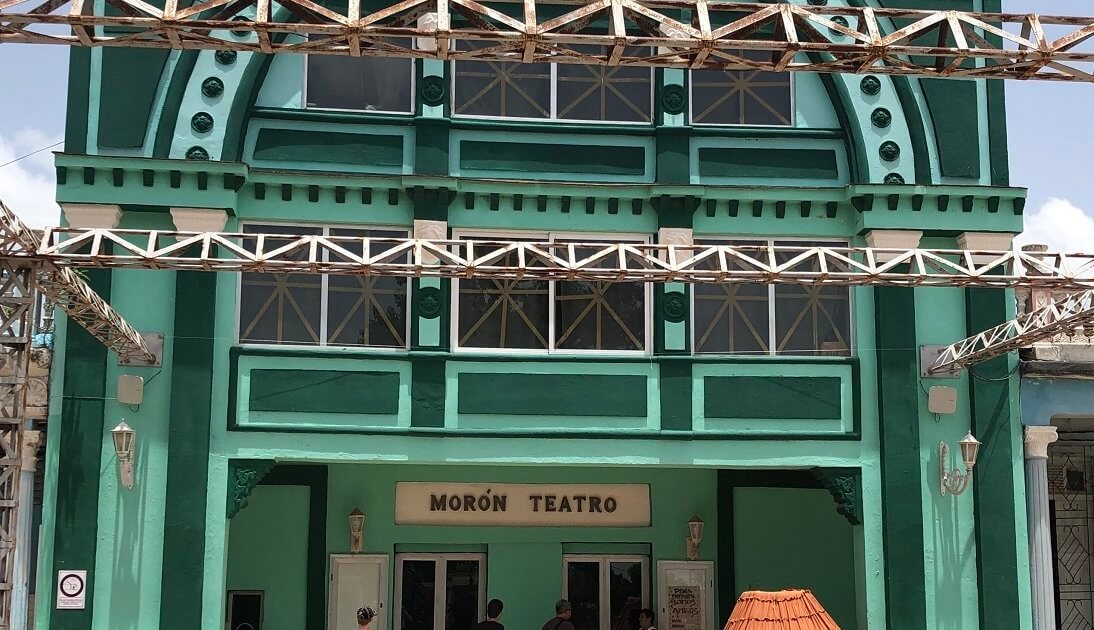
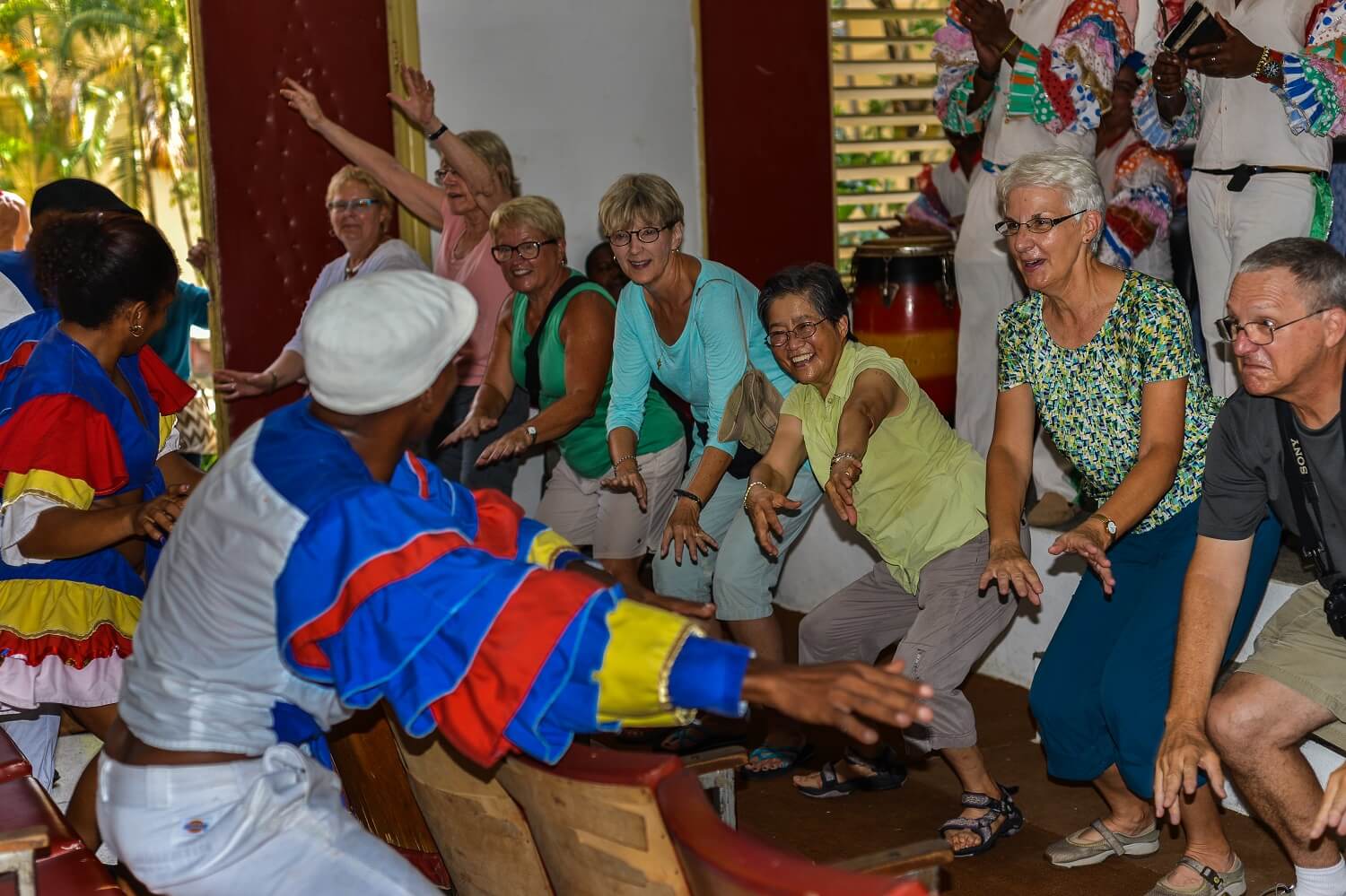
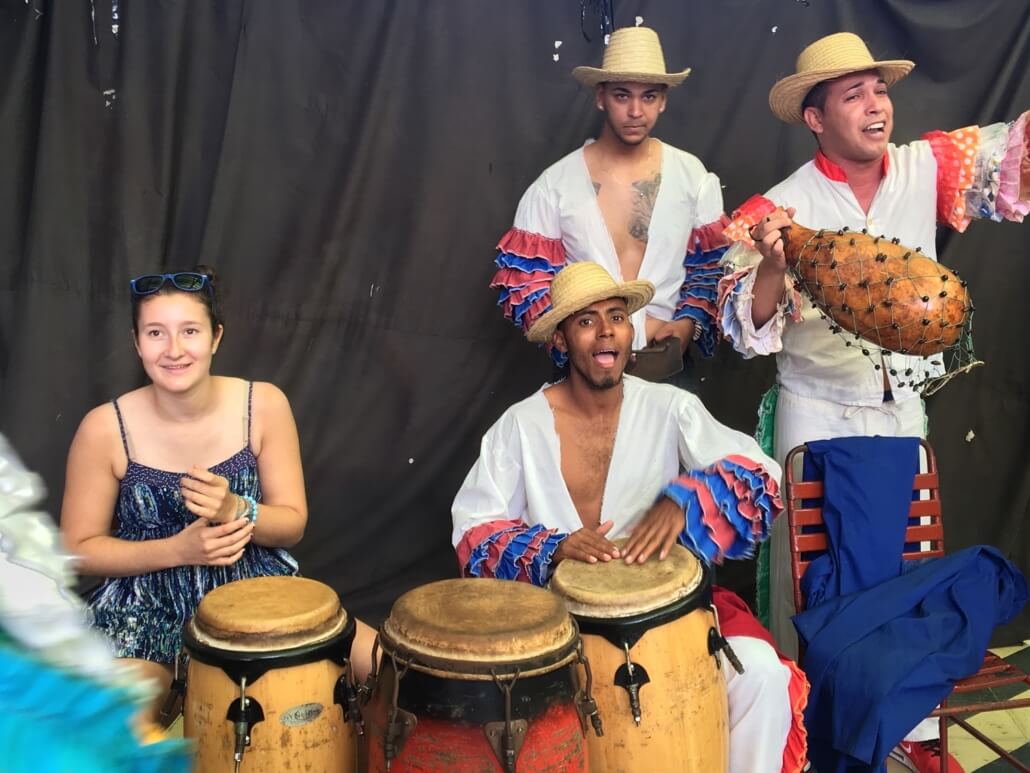
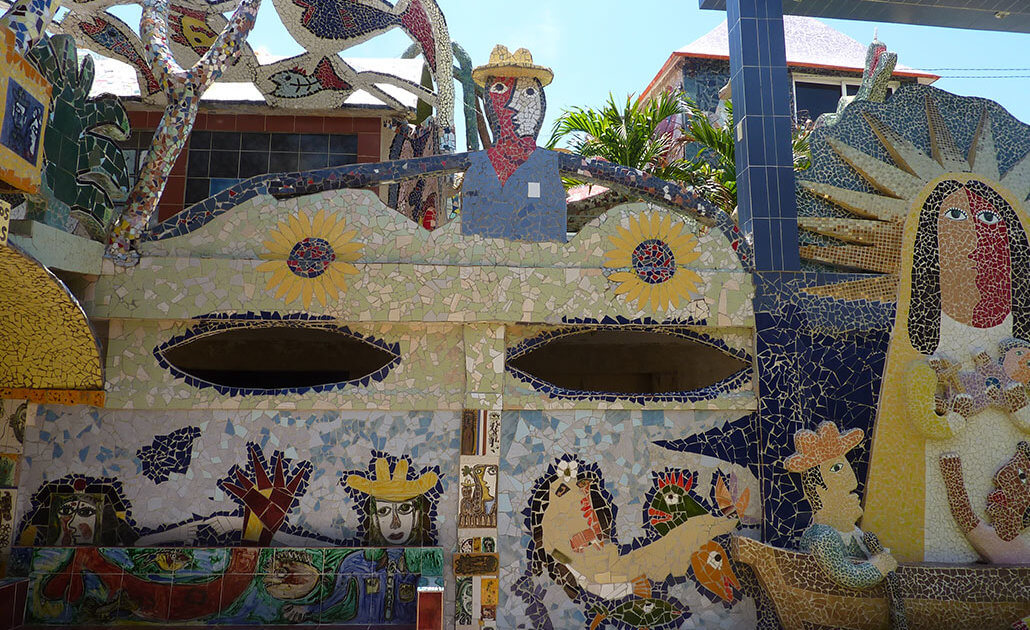
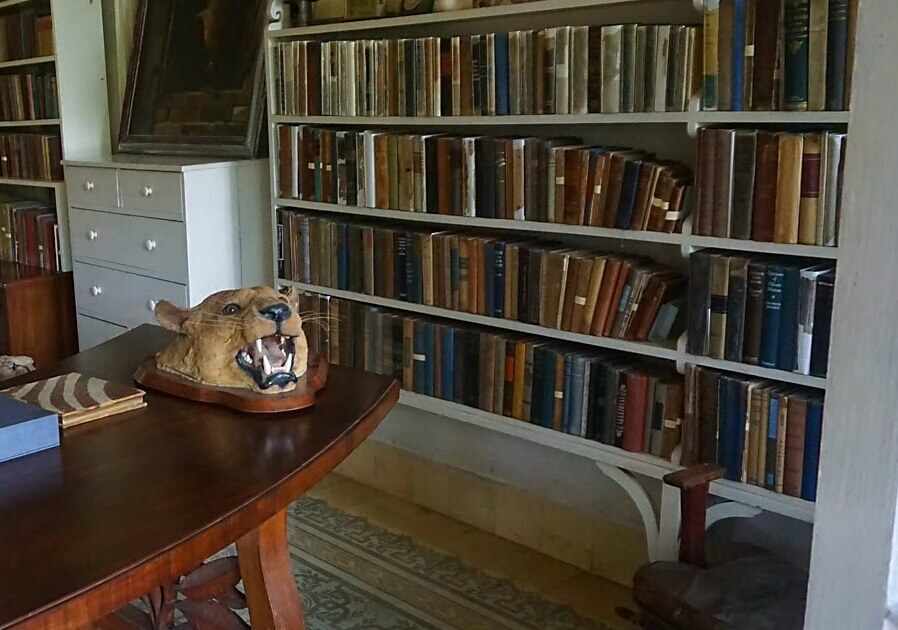
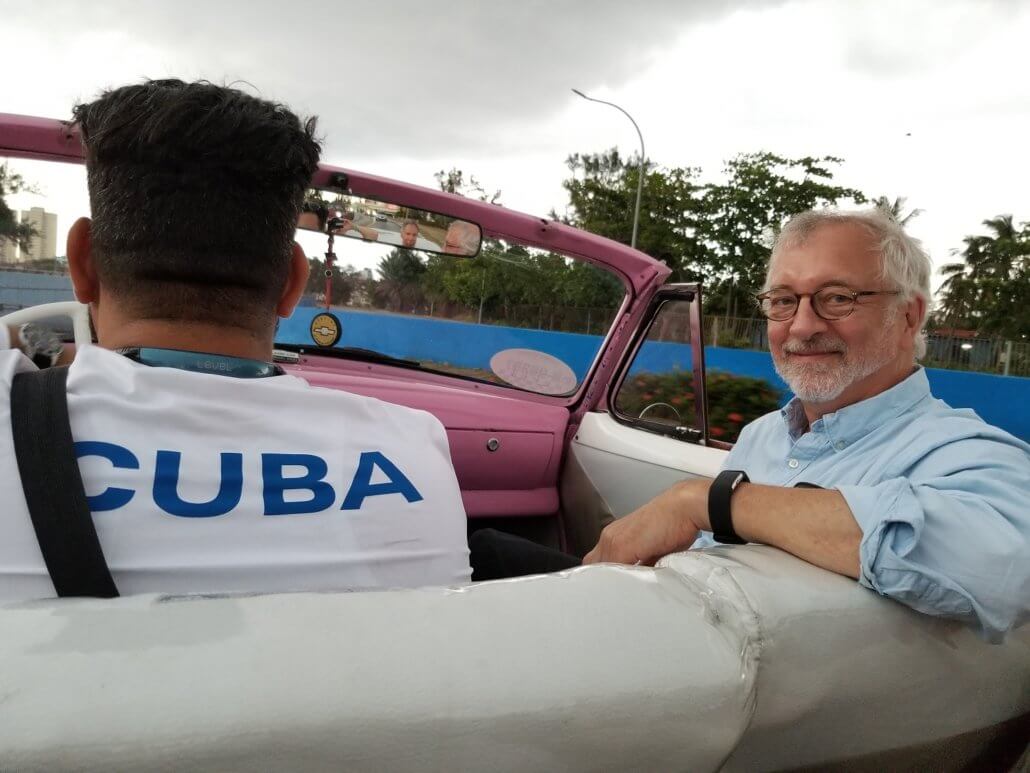
The activities supporting the Cuban people allow volunteers to interact with and learn about Cuban people and culture.
Support for the Cuban People Activities
As stated previously, tourist activities in Cuba are strictly prohibited for Americans by US law. But there are many activities volunteers can do and sights to see that are legal. The activities supporting the Cuban people allow volunteers to interact with and learn about Cuban people and culture. This offers meaningful, intriguing, and memorable opportunities for exchanges. All of these are optional, and some require a nominal extra fee. It is necessary to remember that each traveler must have a full-time schedule of authorized activities (a minimum of 40 hours per week of combined humanitarian projects and support for the Cuban people activities).
The US Department of the Treasury identifies some activities that qualify as support for the Cuban people. “Staying in a room at a rented accommodation in a private Cuban residence (casa particular), eating at privately-owned Cuban restaurants (paladares), and shopping at privately-owned stores run by self-employed Cubans (cuentapropista) are examples of activities that qualify for this general license. However, in order to meet the requirement for a full-time schedule, a traveler must engage in additional authorized Support for the Cuban People activities.” Global Volunteers arranges those activities, including:
Lectures and conversations on “Modern Cuban History,” “U.S.-Cuba relations from a Cuban’s perspective,” and, when possible, “U.S.-Cuba relations from the American perspective” presented at the US Embassy in Havana.
Guided tours of Old Havana, the Colon cemetery, Hemingway House, and the city in Classic 1950s Cars are some options in Havana.
Private Enterprises are expanding throughout Cuba. Not to be missed in Havana are Fusterlandia, a wonderland of mosaic tiles and recycled art; Muraleando, a community art project that turned a neighborhood into a remarkable gallery of murals, sculptures, and paintings; La Fábrica de Arte Cubano, on TIME’s 2019 list of the World’s 100 Greatest Places; and the Museum of Sacred Art in Havana Cathedral, among the best museums in Havana.

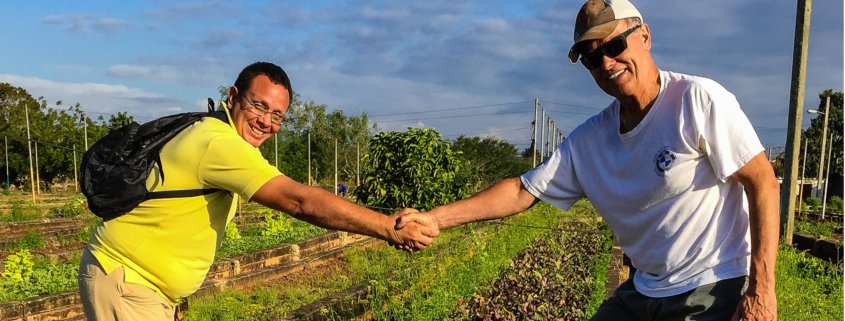


Leave a Reply
Want to join the discussion?Feel free to contribute!